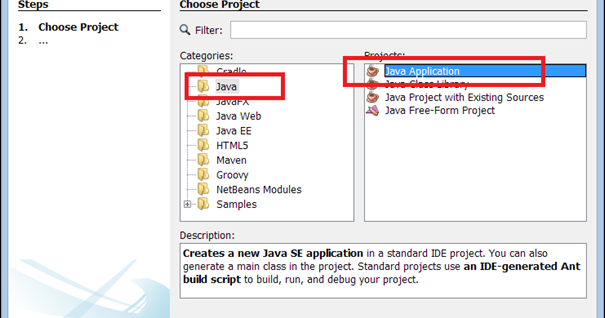
- #Java lwjgl example how to
- #Java lwjgl example for mac os
- #Java lwjgl example install
- #Java lwjgl example update
- #Java lwjgl example software
E.g., GEF3D requires the extensions "framebuffer object" and "texture non power of two" to be available, the extension "vertex buffer object" is used when possible. Tip: In many cases it is helpful to provide the information displayed in the LWJGL Info View as shown in the figure below. Information about the LWJGL plugin will be announced at the LWJGL forum at and the GEF3D newsgroup.
#Java lwjgl example install
It is recommended to install both features.
#Java lwjgl example software
#Java lwjgl example update
The plugin can easily be installed using Eclipse's update feature: For more information on using OpenGL in SWT applications, see ]. Elder Eclipse versions (shipped with SWT 3.1) do not support OpenGL. So, you only have to take care that your Eclipse version is new enough, 3.2 or newer should work. By accident this are the same platform Eclipse supports -).
#Java lwjgl example for mac os
LWJGL comes with native libraries for Mac OS X, Windows and Linux. you don't have to care about native library paths anymore. If you develop an Eclipse plugin using LWJGL, you only have to add the LWJGL plugin to the list of required plugins, i.e. a library setting is provided to add the LWJGL library to you build path, and sources and javadoc are automatically configured). It does provide a little support for developing standalone LWJGL based Java applications (e.g. The plugin only installs the LWJGL jars and native libraries, so that it is easy to develop plugins using LWJGL. The plugin also contains some tools for simplifying pure LWJGL development. LWJGL documentation and source is included and automatically linked, so you don't have to bother about all that stuff.

Using OpenAL (by Jesse Maurais) 2D Space Invaders with LWJGL renderer (by Kevin Glass) 2D/3D Asteroids using LWJGL (includes game framework) (by Kevin Glass) 2D Scrolling Shoot'Em up - A Java 'Prototyp' tribute. There exists an LWJGL plugin (written by GEF3D developers and donated to the LWJGL project) which can easily be installed using an update site. Here you will find documentation for LWJGL. It comes with some JAR and native libraries.

SwingUtilities.The Lightweight Java Game Library (LWJGL, ) is a Java library wrapping OpenGL and OpenAL. If you'd rather not make your class Runnable, as shown in the first example, you can just create a Runnable instance on the fly, as shown in the main method of this second JFrame example: Of course there are always different ways of doing things. SwingUtilities.invokeLater(new JFrameExample()) īut that can be a little hard for a new Java developer to deal with, so I left it as shown above. To make the code smaller I could reduce the main method to look like this: Note that the proper way to display a JFrame is by using the SwingUtilities invokeLater method to make sure this "job" is placed on the Event Dispatch Thread (EDT). Those are pretty much the minimal lines of code you need to construct and display a JFrame that (a) has the size you intended and (b) the user can close by selecting a quit/exit operation. JFrame frame = new JFrame("My JFrame Example") įtDefaultCloseOperation(WindowConstants.EXIT_ON_CLOSE) įtPreferredSize(new Dimension(400, 200)) schedule this for the event dispatch thread (edt) JFrameExample example = new JFrameExample()

Public class JFrameExample implements Runnable If you do not, download the latest version of the Java Development Kit (henceforth referred to as the JDK) and the latest version of Eclipse (Neon 3 at time of writing).
#Java lwjgl example how to
This example shows how to construct a JFrame, and make sure it's properly displayed using the SwingUtilities invokeLater method: Note: This setup guide assumes that you have Java and Eclipse already installed on your machine.

To that end, here is the source code for a simple "JFrame example" demo class. Create a class name WindowManager that will contain all the boiler plate code for creating a opengl context window on screen WindowManager. Here are two examples that show the correct technique. In this example code we will create A blank Opengl Window using LWJGL 3.0+, this doesn't contain steps to create the project in your IDE. This morning when I saw some Java JFrame code on a mailing list, it made me think that I needed to put a simple JFrame example out here, something that would show how to properly construct and display a JFrame without getting into a discussion of anything else. Contact me at (al) at valleyprogramming (dot) com for details. Want to work together? Your business can now hire me (Alvin Alexander) for small Scala and Flutter side projects.


 0 kommentar(er)
0 kommentar(er)
